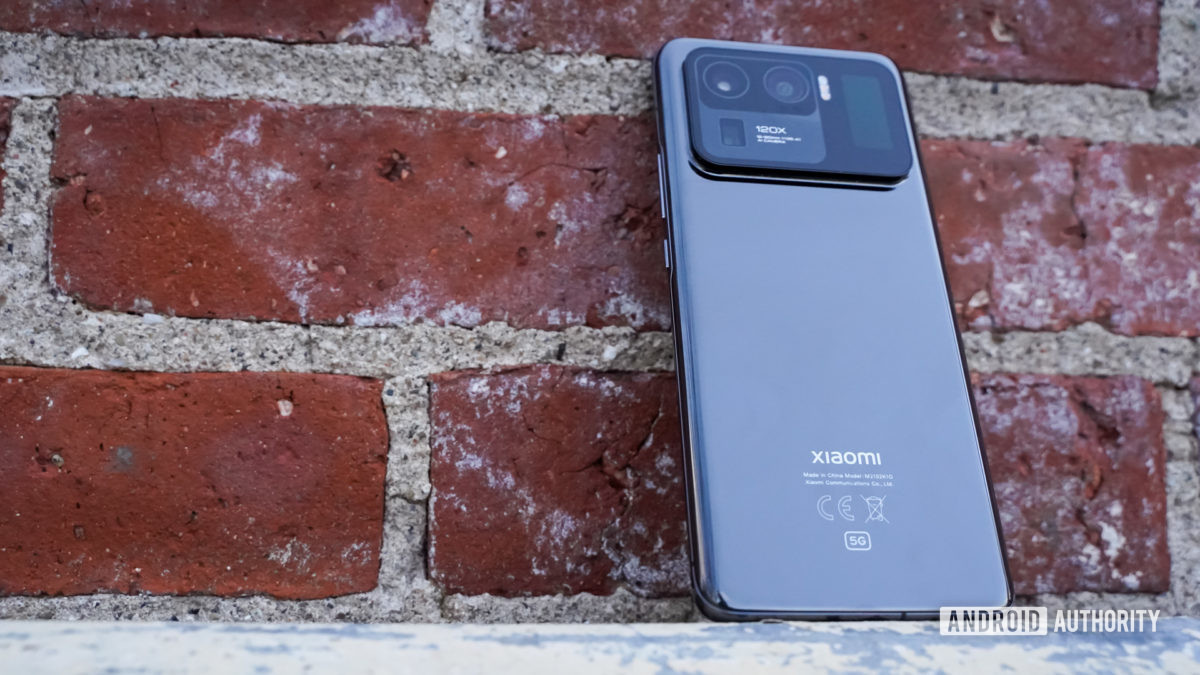
It’s been a landmark 12 months for Xiaomi already, as the veteran manufacturer overtook Huawei in 2020 to become the number three smartphone brand in terms of global shipments. The upward trajectory didn’t end there either.
Xiaomi managed to build on this success by reportedly passing Apple for second place according to Canalys’ Q2 2021 global market share report. The firm delivered 17% market share compared to Apple’s 14%, making for a rather massive achievement.
The momentum didn’t stop though, as Counterpoint Research now reports that Xiaomi has passed Samsung for the top spot in June 2021. The tracker reported that Xiaomi accounted for a 17.1% share of sales versus Samsung’s 15.7%.
This therefore begs a major question. Is Xiaomi able to maintain this momentum and stay ahead of Samsung for more than a month?
How did Xiaomi get to number one?
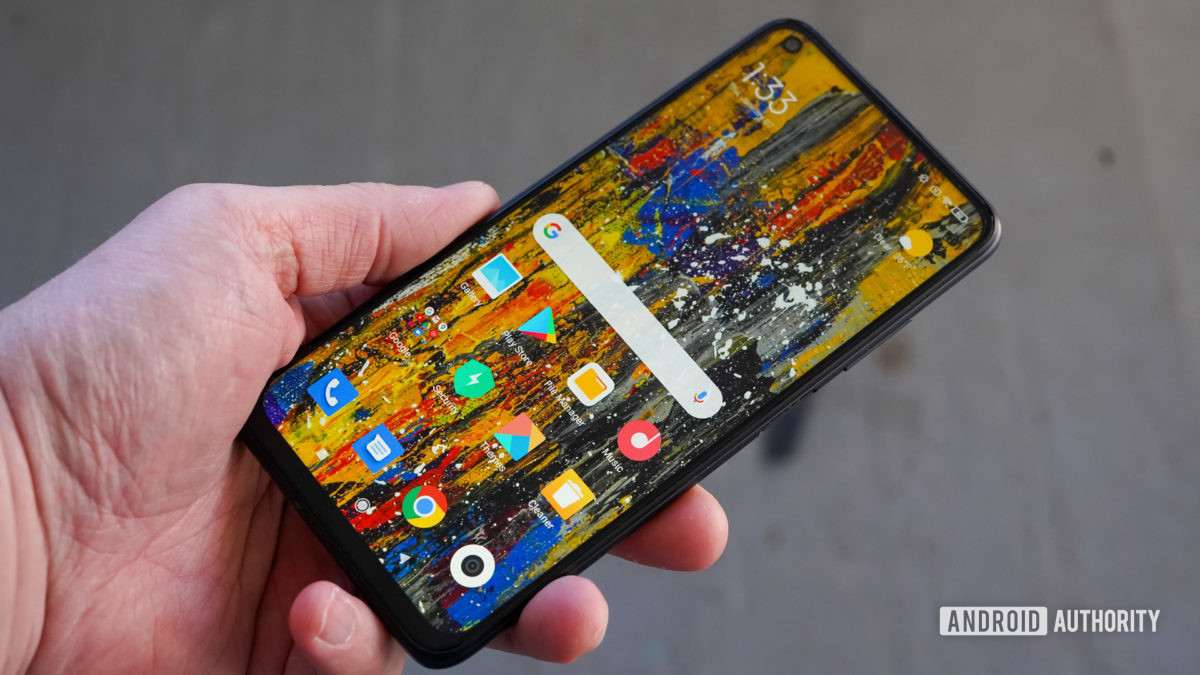
Perhaps the biggest reason for Xiaomi’s newfound status is the US trade ban against Huawei. The sanctions against Huawei eventually saw the firm slide down the global rankings in a massive way.
These sanctions opened the door for Xiaomi to step in, with the firm passing Huawei in Q3 2020. Meanwhile, Huawei dropped out of the top five globally and in China by July 2021. Xiaomi used this opportunity to expand to (or grow in) over 100 overseas markets, often targeting Huawei’s strongholds in Europe, South East Asia, and other markets. In fact, Canalys noted that Xiaomi grew by 50% in Western Europe on its way to taking the global runner-up spot. It also saw impressive yearly growth in Africa (150%) and Latin America (300%) in recent months.
More reading: Xiaomi buyer’s guide — Everything you need to know
Huawei’s departure opened the door for Xiaomi when it came to carrier partnerships, especially in the 5G era. It actually made progress in this area before the Huawei ban thanks to tie-ups with European carriers for its Mi Mix 3 5G in early 2019. Things have only improved since then.
The manufacturer told Android Authority that it actually set up an Operator Business Development team in late 2019 to support its global carrier partnerships. This team and its other efforts mean Xiaomi now has direct relationships with 150 carriers around the world, it explained. That’s a pretty notable jump from September 2020, when it said it had partnerships with “50 telecoms carriers covering over 100 sub–networks.”
This isn’t the only OEM to benefit from Huawei’s US-induced slide, as the likes of Oppo, Realme, and Vivo have also looked to new markets in a bid to fill the massive void. But market share reports show that Xiaomi is leading the way in this regard. In fact, it’s not uncommon to see several Redmi devices listed in the top ten most popular smartphones globally.
Could it keep the top spot?

It seems like a tough task for any brand to knock Samsung off its perch for any meaningful period of time, as the Korean company has been at the top for almost a decade now. Huawei may have seized the crown for a quarter, but the combination of pandemic-related timing and trade sanctions meant this was a case of convenient timing rather than a meaningful change.
This latest June 2021 report clearly shows that Xiaomi can beat Samsung though, even if it’s only a month. Furthermore, the Q2 2021 market share report from Canalys reveals that the two brands were separated by just 1% market share. The company managed to record year-on-year growth of 83% versus Samsung’s 8% growth.
In other words, it seems like Xiaomi can keep the number one crown for more than a month if it’s able to keep up its explosive growth. There is a mitigating factor for Samsung though, and that’s COVID-19 in Vietnam. Canalys noted that a new wave of COVID-19 affected its smartphone production in Vietnam, resulting in shortages of Samsung phones across online and offline outlets. Xiaomi was therefore able to take advantage of this gap, particularly when it came to the shortfall of A-series phones.
Samsung is likely to recover in Q3 2021 as its supply chain issues ease, Canalys senior research analyst Maurice Klaehne told Android Authority. The analyst adds that Samsung will be able to take advantage of its substantial market share to get priority for components.
The Korean manufacturer is also expected to launch new foldable phones later this year, with Klaehne saying they expect a 3x increase in growth over 2020. What does this mean for its overall market share though?
“While this suggests strong growth, from an overall volume perspective, it will remain quite small in 2021 as we estimate total market shipments at around 9m, with Samsung having over 88% market share,” the analyst told us.
Xiaomi could lay the foundation for long-term supremacy by taking on Samsung and regional players in other parts of the world.
Samsung isn’t the only company Xiaomi needs to worry about either, as it’ll also need to ensure it puts some distance between Apple and itself. After all, the iPhone maker was purportedly the number one brand in Q4 2020 after almost four years, due to new iPhone sales and a major drop in Samsung shipments. And we know that the quarter after Apple launches an iPhone is usually a strong one for the Cupertino company.
Once Xiaomi has managed to shore up its defenses against Apple, it can continue to focus on Samsung. But beating Samsung in the long-term will also require Xiaomi to beat regional top dogs.
It has risen to a distant third place in Latin America, for example. Motorola is a massive player in this region, occupying second place with 21% market share, and Xiaomi could build a foundation for enduring success here by grabbing this share. Its recent ascendancy here, particularly in Mexico and Colombia according to Counterpoint Research, suggests that it’s on the right path. This would be a dramatic change after its disastrous foray into Brazil back in 2015.
Latin America isn’t the only region with players other than Samsung to beat, as Africa also fits the bill. Xiaomi has shown in-roads here too, as the aforementioned growth rate suggests. But much like Latin America has Motorola as a huge player, Africa has Transsion’s brands (Infinix, Itel, Tecno).
In fact, Counterpoint Research reported that Tecno was actually the top brand in Africa for 2020, with an 18% market share. Xiaomi, on the other hand, doubled its share from 2% to 4%. Again, it’s evident that there’s plenty to gain here. And with the company opening its first African office recently, it seems like Xiaomi recognizes the opportunity for a long-term play too.
Does Xiaomi need the US to keep number one?
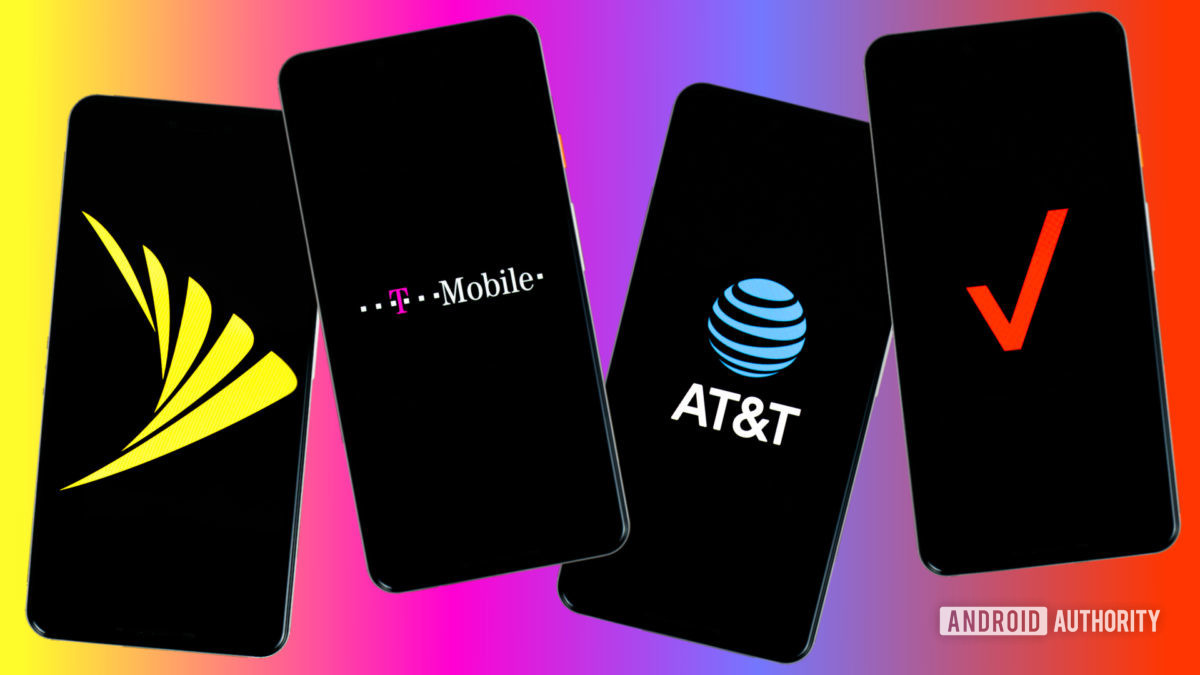
Then there’s North America, which has been a Samsung stronghold for years now. Huawei attained its huge numbers without the help of the US, but success in the region would definitely make Xiaomi’s quest for a long-term top spot much easier.
Chinese players haven’t had the best time in the US, as Huawei’s attempted entry into the market with AT&T was blocked due to US government pressure. Xiaomi also stated its intentions to enter the US back in 2018, targeting a late 2018 or early 2019 entry. It also noted last year that it was in the “preparation stage” of entering the market. So it clearly has an eye on the country still. Unfortunately, the firm told Android Authority that it doesn’t have “any specific timelines to share yet” regarding smartphones coming to the US.
Related: US agrees to remove Xiaomi from controversial deny list
Could Xiaomi steer clear of the same sanction-related trouble that befell Huawei? That’s a key question, but it has already won a major battle against the government after it was accused of having Chinese military ties. The designation would’ve meant that US entities couldn’t invest in the manufacturer. Fortunately, the US government was ordered to drop the designation after Xiaomi obtained an injunction and filed a lawsuit, marking a major legal and PR victory for the brand.
Another encouraging sign for Xiaomi is OnePlus’s growth in the US. The firm has been in the market since 2018 thanks to a partnership with T-Mobile, while subsequent tie-ups with Sprint and Verizon have also been welcome news for Chinese brands. OnePlus might be starting from virtually nothing and only introduced a budget portfolio last year, potentially skewing the growth figures. But it was nevertheless the only brand to grow in the US in 2020 and was reportedly the fastest-growing brand in the first half of 2021.
Premium Xiaomi phones have arrived
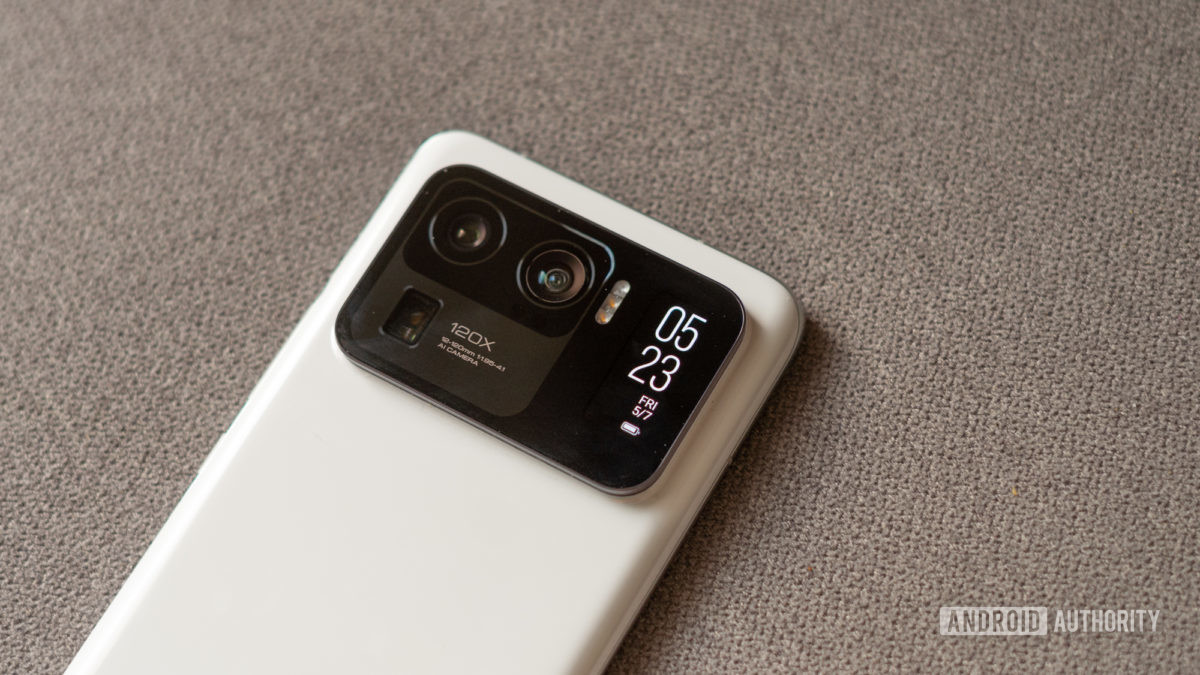
When we pondered whether Xiaomi was the next Huawei last year, we noted that the brand was bolstering its premium segment in a big way. Fast-forward to the second half of 2021, and the firm has well and truly breached the ultra-high-end barrier with the Mi 11 Ultra.
Xiaomi’s first water-resistant flagship is packed full of features and takes the fight to Samsung and Apple’s Ultra/Pro phones. There’s a 120Hz QHD+ screen, an impressive rear camera system, a secondary display on the back, and fast wired/wireless charging for the 5,000mAh battery. It isn’t cheap either, coming in at €1,200, but it certainly fits the ultra-premium bill in terms of features.
Xiaomi has its roots in affordable devices, but premium phones have upsides too.
In any event, premium phones could be a key strategy for Xiaomi’s growth prospects. Sure, these aren’t volume-driven devices, but they do allow the manufacturer to potentially subsidize the volume-driven mid-range and budget phones that are its bread and butter. And the increased profit margin will also open the door for more cash to spend on R&D and promotional activities (e.g. value-added extras and bigger incentives for sales agents).
The increased profits could also help the company bolster its advertising spend, which has traditionally been a weak spot for Xiaomi. Samsung is a juggernaut in this regard, as its marketing budget often dwarfed former rivals like LG and HTC. And this was arguably one of several factors contributing to Samsung reaching number one status — even when Samsung phones weren’t necessarily better.
What does the premium approach mean for Xiaomi’s previously stated commitment to a 5% profit margin though? “We will always hold to an overall 5% profit margin across all of our hardware business,” the company told us in response to an emailed query.
In other words, the statement means Xiaomi could make more than a 5% profit margin on some hardware products (e.g. flagships) and way less than 5% on other products to get to the overall 5% profit margin cap.
What to expect in 2022?
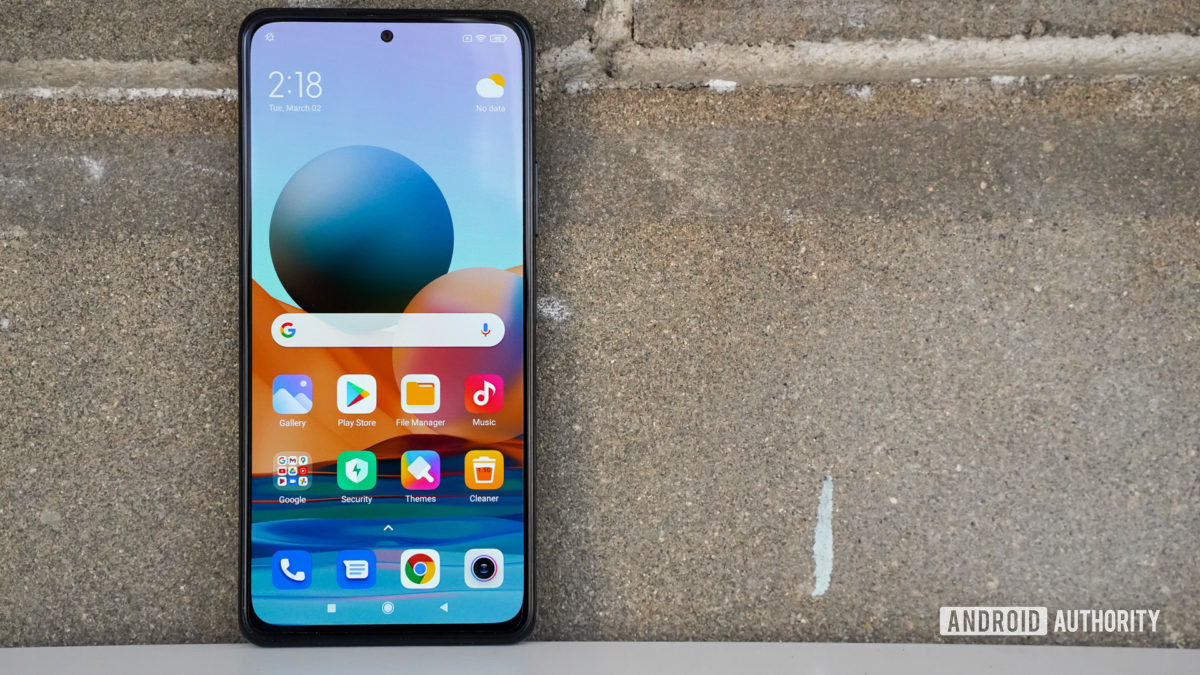
The house of Mi phones and Redmi devices is in excellent shape in 2021, and there’s little reason to doubt that it will be able to carry this momentum into 2022. Between its growing market share in Europe, Latin America, South East Asia, and Africa, it certainly seems like Xiaomi is in a good position to keep challenging Samsung over the long term.
Apart from a resurgent Samsung, there are a number of real and potential hurdles to overcome nonetheless. For one, there’s still the very real threat of Apple passing Xiaomi for the number two spot again, as it was able to take the number one position from Samsung in Q4 2020. It doesn’t help that rumors point to Apple offering one or two cheaper iPhones next year.
Another possible hurdle might be Huawei, in the event that the US trade ban is eased in 2022. A revived Huawei might not be able to instantly get back into the top three or four, but it could claw back market share that was otherwise up for grabs. This scenario is looking increasingly unlikely as the Biden administration has arguably expanded sanctions against the company.
Finally, Xiaomi’s home market is another hurdle to overcome in 2022. The company is currently occupying third place in China, behind Vivo and Oppo. It still recorded the most impressive growth out of the top five players in the region, but it hasn’t challenged for the top spot in years. So it has plenty of work to do if it wants to pass the BBK brands in 2022.
Do you think Xiaomi can hold on to the top spot for smartphone shipments? Make your voice heard via the poll below.